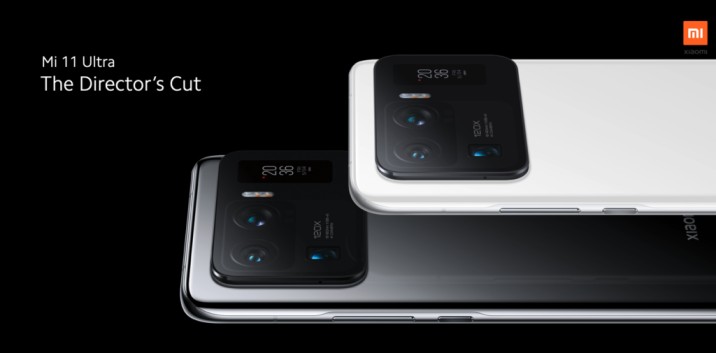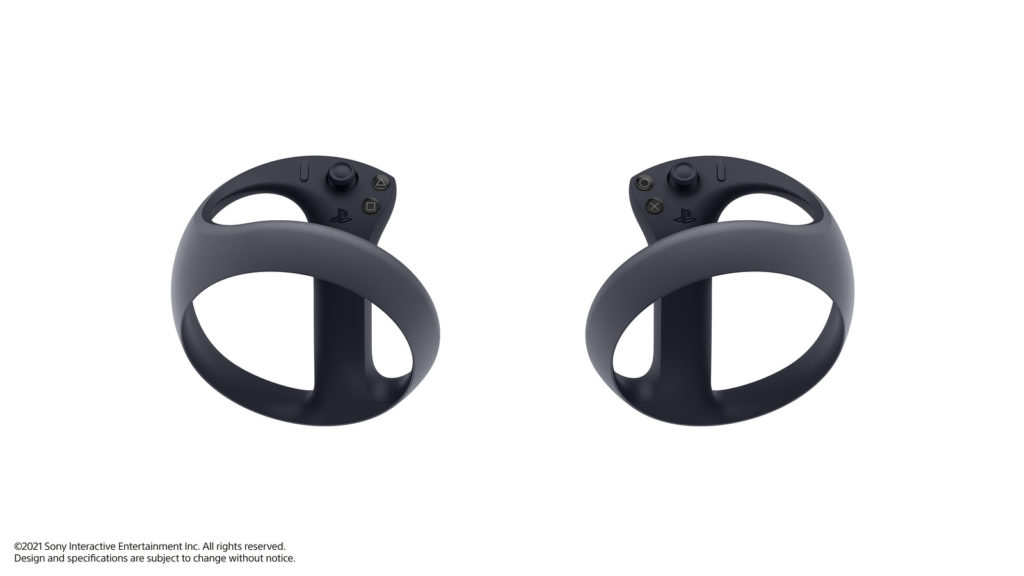Xiaomi Launches Mi 11 Series 5G Smartphones, Ultra, Pro, Lite Along with a Mi Band 6.
Xiaomi just launched its new Mi 11 series 5G smartphones in China on Monday. The smartphones include the Mi 11 Ultra, Mi 11 Pro, and Mi 11 Lite. Xiaomi had launched the Mi 11 series recently in December 2020, and these three smartphones are an addition to the series. The Mi 11 series is known to be the first to incorporate the Qualcomm Snapdragon 888 processor into its smartphones. Along with three smartphones, the company has come with its Mi Smart Band 6, a successor to the Xiaomi Smart Band 5.
Mi 11 Ultra
Mi 11 Ultra comes with a 120Hz refresh rate E4 AMOLED display (3,200× 1,440 pixels), featuring the quad-curved 6.81-inch 2K WQHD and 240Hz touch sampling rate. Along with the support for HDR10+ and Dolby Vision, it also includes the Corning Gorilla Glass Victus protection. Another addition to the new features of the Mi 11 Ultra smartphone is the 1.1-inch AMOLED (126×294 pixels) secondary display on the back for providing people with the facility for clicking pictures by looking into it. This display will also show notifications, battery level, and weather alerts, etc. It will also be able to mirror the front display.

Talking about the camera, the smartphone comes with a triple camera setup for the rear. The setup has opted for the 50MP Samsung GN2 primary wide-angle sensor with an f/1.95 aperture, LED, laser autofocus, and Optical Image Stabilisation (OIS), a 48MP Sony IMX586 ultra-wide-angle with a with OIS and f/2.2 lens as well as a 48MP tele-macro camera sensor with 5x optical zoom, 120x digital zoom and OIS. The camera is capable of recording 4K videos. The front camera of the smartphone is 20MP.
Dimension wise the Mi 11 Ultra is 164.3mm X 74.6mm X 8.8mm and weighs around 225 grams. It is also IP68 rated water and dust resistance. Mi 11 Ultra is packed with Adreno 660 GPU and supports up to 12GB LPDDR5 RAM as well as up to 512GB UFS 3.1 storage. It includes a 5,000mAh battery, a 67W wired C-port, along wireless charging support. It also offers support for 10W reverse wireless charging. The smartphone comes with an in-display fingerprint sensor.
Mi 11 Pro
Mi 11 Pro inherits almost every feature from the Mi 11 Ultra, except the latter has a better camera quality and a secondary display on the back. Mi 11 Pro has a similar 6.81-inch and a similar Corning Gorilla Glass Victus. From battery to charging system, as well as being water and dust resistant, all is the same as the Mi 11 Ultra.
Coming to the camera, Mi 11 Pro also has a triple setup on the rear. The three cameras include a similar 50MP Samsung GN2 primary sensor with an f/1.95 lens and OIS, a 13MP ultra-wide-angle secondary camera with an f/2.4 lens and a 123-degree FoV, and an 8MP tele-macro tertiary camera with an f/3.4 lens, OIS, supporting a 50x digital zoom as well as a 5x optical zoom. The smartphone has a similar 20MP front camera.
Mi 11 Lite
The Mi 11 Lite is has got a 6.55-inch HD+ AMOLED display with a 90Hz refresh rate and support for HDR10+ and Dolby Vision. This smartphone has a similar Corning Gorilla Glass 6 protection as the two other smartphones from the same series. Mi 11 Lite is packed with a Qualcomm Snapdragon 780G SoC and paired with Adreno 642 GPU. The smartphone boasts support for up to 8GB RAM and up to 256GB 2.2 storage which is expandable up to 512GB.
The Camera setup for the MI 11 Lite has also got three different cameras on the rear. It has a 64MP primary sensor, an 8MP ultra-wide-angle sensor, and a 5MP macro sensor. The front camera of the smartphone is also a 20MP camera.
The Mi 11 Lite comes with a Type-C port for charging and a 4,250mAh battery with support for 33W fast charging. As the name suggests, the Mi 11 Lite is the lightest smartphone in the series weighing 159 grams. with 160.53×75.72×6.81mm dimensions.
Mi Smart Band 6
Mi Band 6 is a wrist band with a 1.56-inch (152 x 486 pixels) AMOLED touchscreen display which is bigger than the Mi Band 5. It comes with a 125mAh battery that takes 2 hours to get fully charged and can provide up to 14 days standby time. The band comes with a sensor for supporting up to 30 sports models and can auto-identify activities like walking, running, indoor treadmills, and cycling. The band is capable of measuring the blood pressure, blood oxygen (SpO2), and heart-rate of the user. It can also track the sleep habits of the user.
Pricing and Availability
All three smartphones from Xiaomi Mi 11 series will come in different variants depending upon the RAM and storage size. The Mi 11 Ultra 8GB RAM + 256GB storage model is is priced at CNY 5,999 (around Rs. 66,400). The 12GB + 256GB storage variant CNY is for 6,499 (around Rs. 72,000) and the 12GB RAM + 512GB storage variant is available for CNY 6,999 (around Rs. 77,500). The top-line smartphone comes in Black and White color options, along with a White Ceramic Special Edition.
The Mi 11 Pro 8GB RAM + 128GB storage model price starts at CNY 4,999 (around Rs. 55,400). The 8GB RAM + 256GB storage variant costs around CNY 5,299 (around Rs. 58,700) and the 12GB RAM + 256GB storage model is priced at CNY 5,699 (around Rs. 63,100). There are three colour option for the same, i.e. Black, Green, and White.
The starting price for the Mi 11 Lite 5G is set to be CNY 2,299 (around Rs. 25,500) for the 8GB RAM + 128GB storage variant. Mi 11 Lite 8GB RAM + 256GB storage variant costs around CNY 2,599 (around Rs. 28,800). The phone comes in three colors, including Citrus Yellow, Mint Green, and Truffle Black.
Xiaomi has launched two variants of the Mi Band 6 and will be available in eight different colors. The Vanilla variant of the watch will cost CNY 229 (around Rs. 2,500), and the special edition with NFC will be available for around CNY 279 (around Rs 3,000).
The company has started the pre-sales for the Mi 11 Ultra and Mi 11 Pro from 10 pm CST on Monday, March 29 (7.30 pm IST). The company revealed that the Mi 11 Ultra and Mi 11 Pro will become available in China starting from 2 April. The Mi 11 Lite 5G will go on sale later this month.

Yashica is a Software Engineer turned Content Writer, who loves to write on social causes and expertise in writing technical stuff. She loves to watch movies and explore new places. She believes that you need to live once before you die. So experimenting with her life and career choices, she is trying to live her life to the fullest.





